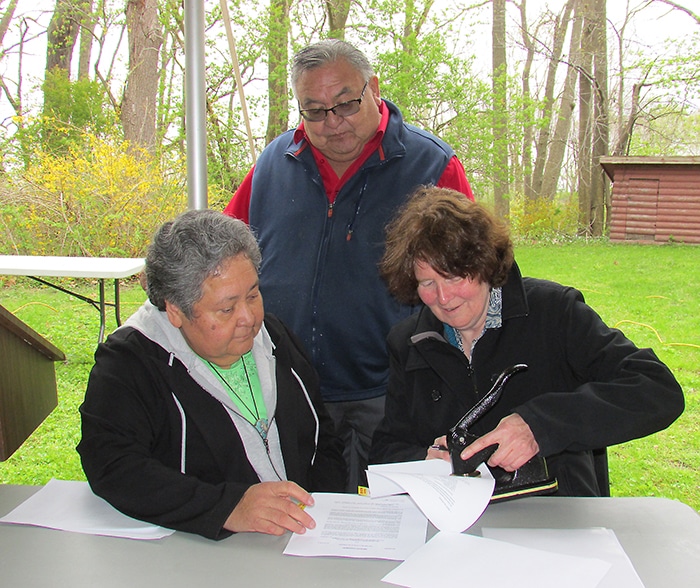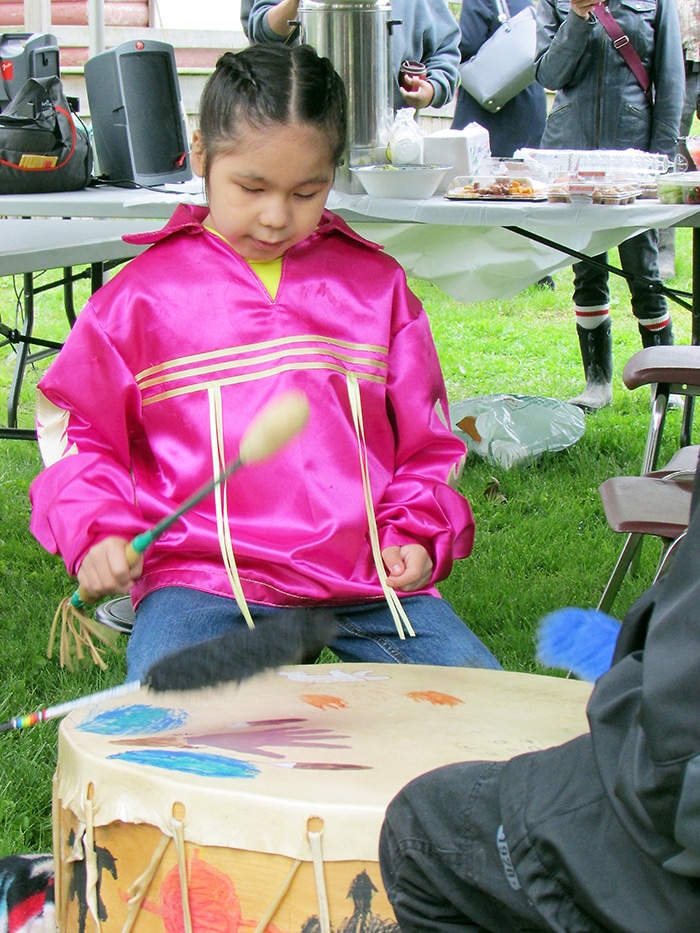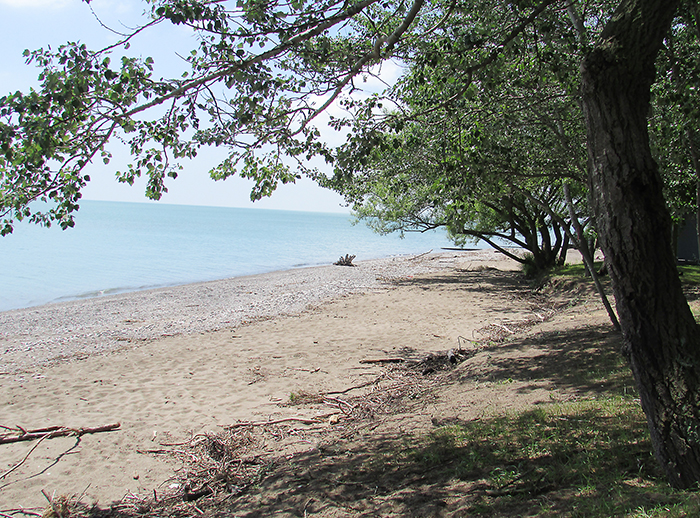
At a historic signing, the Fairfield property on Longwoods Road near Bothwell is now in the hands of the Eelunaapeewi Lahkeewiit (formerly Moraviantown).
The United Church of Canada signed over the land, a significant step toward reconciliation between Indigenous people and Christian churches.
Held May 10, the signing ceremony also held historical significance as it was held on the same week Fairfield was established 227 years ago, when the Delaware Nation people arrived with the Moravian missionaries in 1792.
“Our nation has long dreamed of the return of our first home in these lands,” said Eelunaapeewi Lahkeewiit Chief Denise Stonefish. “We thank the Antler River Watershed Regional Council of the United Church for their good faith, goodwill and leadership to help us make this dream a reality.”
Stonefish added that Friday’s historic signing is a clear example of the spirit and intent of the federal Truth and Reconciliation Commission’s Call to Action in addressing the legacy of residential schools. The return of Fairfield was a process, she said, that was started locally back in 1960 under then Chief John Peters, and other chiefs have worked hard to push the issue forward.
The Commission calls on all religious denominations to respect the Indigenous people’s right to decide and practice their own spirituality, and relationships built on mutual respect.
United Church of Canada General Secretary Nora Sanders signed on behalf of the church, and said it was good to take action on the commitment to reconciliation.
“Recognizing and honouring the connection that the people of Eelunaapeewi Lahkeewiit have to this land, and ensuring its return to them, are essential to the United Church of Canada’s deep commitment to reconciliation,” Sanders said.
“The Fairfield Museum was started by United Church people as a way of honouring the history of this area and there’s been a long conversation about wanting to work more closely with the neighbouring First Nation knowing there’s more history to be named and to be honoured, and our church has made commitments about reconciliation. We’ve renounced the doctorate of discovery, we’ve endorsed the UN declaration and endorsed the Calls to Action of the Truth and Reconciliation Commission, but today we got to do something to actually live those commitments out. It’s a proud day and it’s the beginning of a new era and new form of relationship that we celebrate,” she added at the signing ceremony.
Stonefish said the land the Fairfield Museum is on, the site of the original settlement, encompasses about 10 acres on the Thames River, right across the river from the current Eelunaapeewi Lahkeewiit (meaning The Place of the Original People) settlement is. The people had to leave the Fairfield settlement in 1813 when fleeing American soldiers burned down the village, and they moved across the river to where the current settlement.
Fairfield has been operated for the past 74 years as a historic park and museum by the United Church of Canada.
Fairfield is one of the region’s oldest settlements, established in May, 1792 by Eelunaapeewi Lahkeewiit ancestors and the Moravian missionaries who lived among them for generations. Stonefish said the village at that time was a hub and rest stop, with a church and school.
Once the transfer of the Fairfield site and property north of Longwoods Road that is an ancestral burial site for the Delaware Nation is complete, Stonefish said her council will work to establishing an interpretive centre.
“We know that the museum has been here for many years, but it is just housing the artifacts and maybe a little bit of the history. We want to be able to have an interpretive centre here that tracks our journey from the Eastern seaboard of the United States to this area,” Stonefish explained. “Our people built this community and we want to be able to ensure that legacy continues and is part of our history to be shared with our future generations, and other people in the surrounding communities as well.”
She said that will include the relationship and the history established with the Moravian missionaries, the Methodist Church and the United Church.
“We were always referred to as Moravian Indians and we weren’t; we were Delaware Indians as named by Lord Delaware, but we wanted to be able to put our language on who we are as a people,” the chief said about the name change from Moravian to Eelunaapeewi Lahkeewiit.
The community celebrated the historic signing with drumming and singing by the Little Bear Singers and a luncheon at the community centre with traditional singing and dancing.







